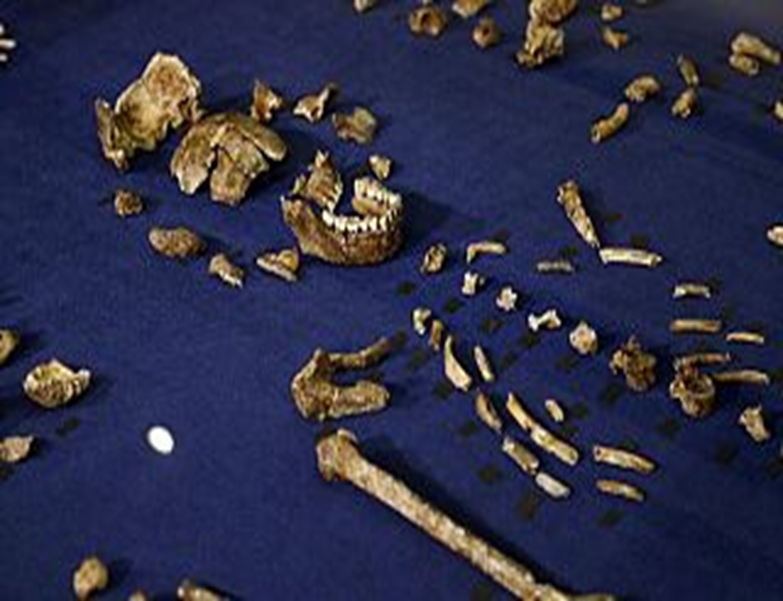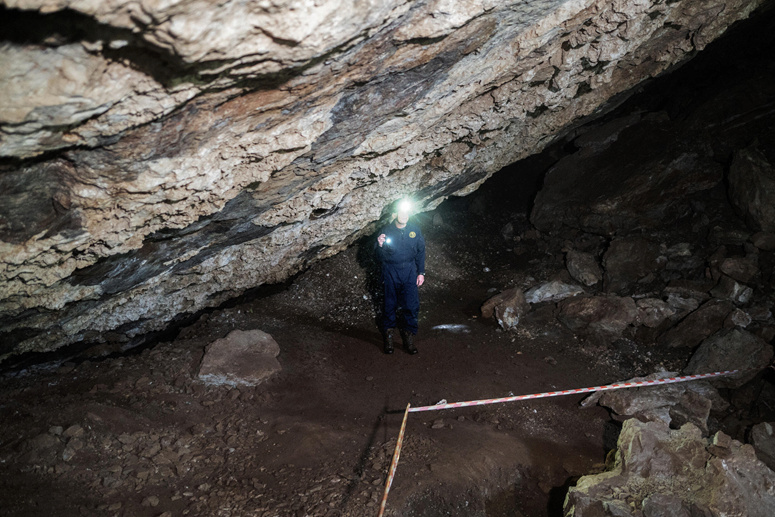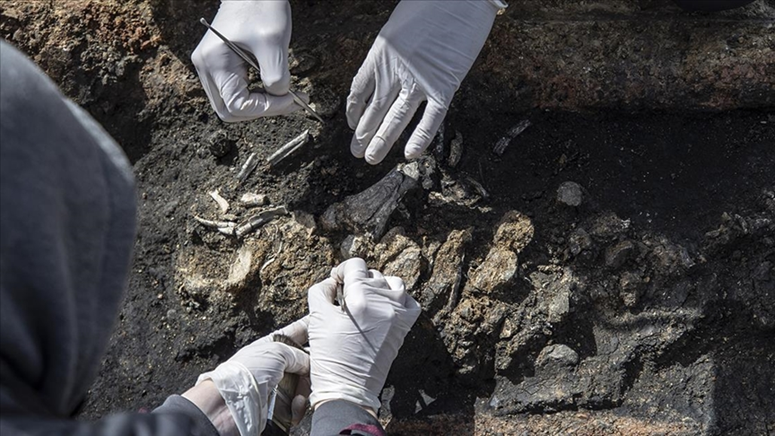Researchers announce their discovery in South Africa of the oldest prehistoric tombs

In a development that may shake scientific traditions regarding human evolution, world-famous paleontologist Lee Berger announced the discovery by researchers in South Africa of the oldest burials from the prehistoric era, making the first traces of funerary practices at least 100,000 years older.
Fossils of these human ancestors were found in graves during archaeological excavations that began in 2018, and they are in a state of confinement inside buried cavities at the end of a network of narrow galleries.

The explorers noticed that the graves were filled with dirt that had initially been pulled out to form the holes, indicating that the bodies of these people were buried voluntarily.
"Cradle of humanity"
“These are the oldest human burials on record, predating the burials of Homo sapiens by at least 100,000 years,” the researchers confirmed in a series of articles that still must be peer-reviewed before being published in the scientific journal e-Life.
The excavations took place in an archaeological site known as the “Cradle of Humanity,” which is included in the UNESCO heritage list and is located northwest of Johannesburg.

The oldest previously discovered cemeteries, especially in the Middle East and Kenya, date back to about 100,000 years before our era, and contain the remains of Homo sapiens.
South African burials date back to a period ranging from two hundred thousand to three hundred thousand years. It contains the bones of Homo naledi (star in the local language), a short human being approximately 1.5 meters tall and with a brain the size of an orange.
This species, whose discovery in 2013 by American paleoanthropologist Lee Berger called into question linear readings of human evolution, remains a mystery to scientists.

Combining features of creatures millions of years old, such as primitive teeth and legs capable of climbing, Homo naledi also had feet similar to those of modern humans, and hands capable of using tools.
Small brain
Scientists say, "These results show that funerary practices were not limited to Homo sapiens or other humans with large brains."
This theory, which goes against the generally accepted idea that awareness of death and related practices are peculiar to humans, was previously hinted at by Lee Berger when he introduced Homo naledi to the world in 2015.

The hypothesis sparked anger at the time, amid questions from many specialists about the scientific accuracy approved by the party that published these results, which is supported by the National Geographic network.
“It was beyond what scientists could accept at that time,” Berger told me in an interview with Agence France-Presse. He explains that they are still "convinced that all of this is linked to our large brain and that it happened in a very recent period, less than a hundred thousand years ago."
The 57-year-old researcher adds, "We are about to tell the world that this is not true."

Geometric symbols, carefully traced using a pointed cutting tool, were found on the walls of the tombs. According to Berger, squares, triangles and crosses were intentionally left on smooth surfaces, perhaps to make them more readable.
“This means that humans are not the only ones who have developed symbolic practices, but they may not have invented such behaviors,” Berger adds.
University of Missouri anthropologist Carol Ward believes that "these findings, if confirmed, will have great potential importance."

"I'm looking forward to seeing how the disposal of the remains rules out possible explanations other than intentional burial, and seeing the results once they're reviewed by peers," she told AFP.
Further analyzes are still needed. But Berger's team has already announced that "a whole series of hypotheses about humans and human evolution will have to be rethought."
For a long time, researchers have linked the ability to control fire, engrave, or draw to the mental power of modern humans, as is the case with Cro-Magnon humans.
“Burial, perception of meanings, and even art could have a non-human origin that is much more complex than we thought,” says Princeton University anthropologist Agustín Fuentes, co-author of the study.
Additional sources • AFP

